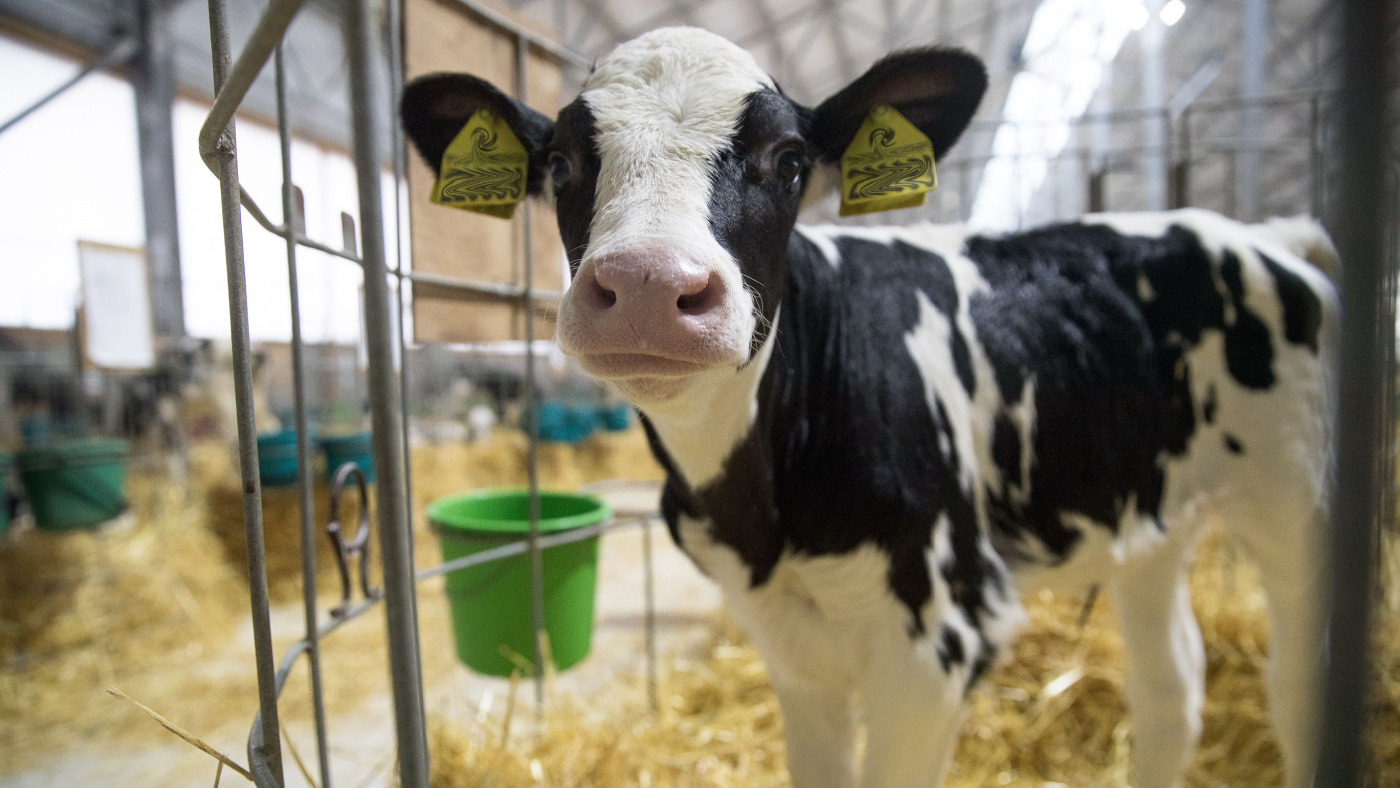As dairy calves travel from the home farm to calf ranch, the stress of the move, contact with new animals, and a new environment can lead to respiratory disease. Dr. Joe Gillespie, DVM with Boehringer-Ingelheim, talks about how metaphylaxis can be a useful tool in controlling bovine respiratory disease or pneumonia in young calves.
“Metaphylaxis is a thought process of treating animals prior to or during early risk associated with some sort of disease. So, what we’re trying to do is if we have an animal that is at risk of exposure to a pathogen or getting a disease, we preemptively treat them with antibiotics to help reduce that chance or illness or sickness that may come after a stress event. Or something that could cause disease in those animals.”
Gillespie talks about the management practices producers should have in place before implementing metaphylaxis.
“The use of metaphylaxis is not a blanket answer to all risk associated with bovine respiratory disease. The use of metaphylaxis is to help prevent the onset. So, what’s important prior to making the decision to do or not to do metaphylaxis is to understand how your cattle are managed. Are they under stress? Are they high-risk cattle that may have a greater risk of getting disease? And then understanding the management practices that you have to be able to manage that, in particular. So, our goal is not always to use more antibiotics. It’s to use antibiotics appropriately, so that we have the best chance for success with whatever class of cattle we’re dealing with.”
He says contacting your veterinarian is the first and most crucial step in implementing metaphylaxis…tape
Cut #3 :44 OC…”more effectively.”
“He has the most likelihood of understanding what your risks are at your particular facility. He actually understands the pathogens that are a risk in your environment, and he can offer suggestions of products and route administration and timing for those types of products to make metaphylaxis successful. If we take the idea of just blanket-treating all animals, we’re not judiciously using antibiotics. But if we take the mindset of working with our veterinarian to understand if there is truly risk in a group of cattle, and we use those antibiotics appropriately, utilizing the most appropriate time from treatment to onset of disease, and all of those factors together really help us use antibiotics more effectively.”
He offers an example of metaphylaxis.
“A great example is if you treat animals with a long-acting antibiotic with metaphylaxis, then you can understand for the next 5-7 days, you don’t need to retreat animals. And that gives you a chance to get your management practices in play, cattle on the right nutritional plane, and in the right state of health to make sure that you don’t have a great deal of sickness following that. All those factors together help us to use antibiotics more appropriately.”


